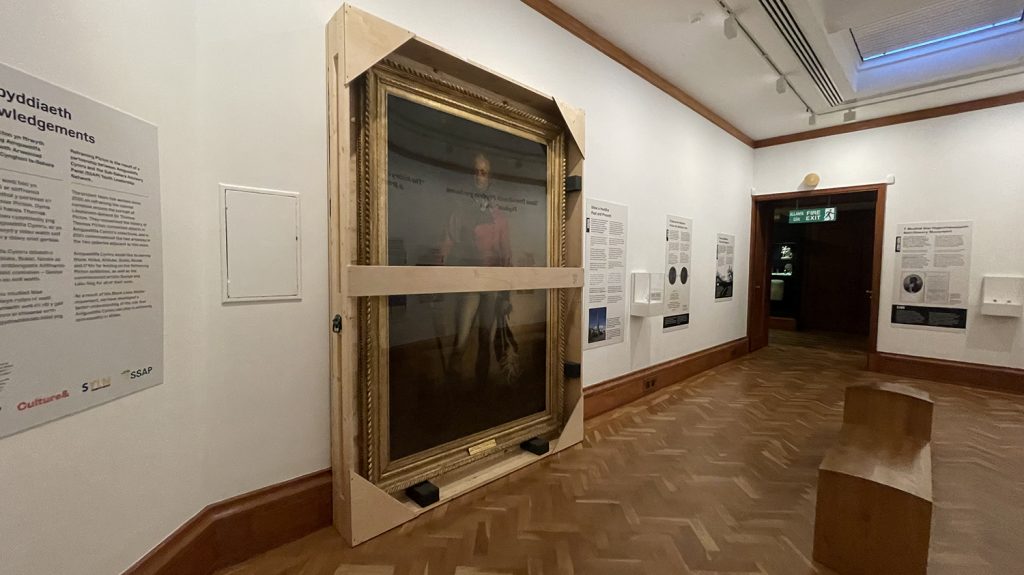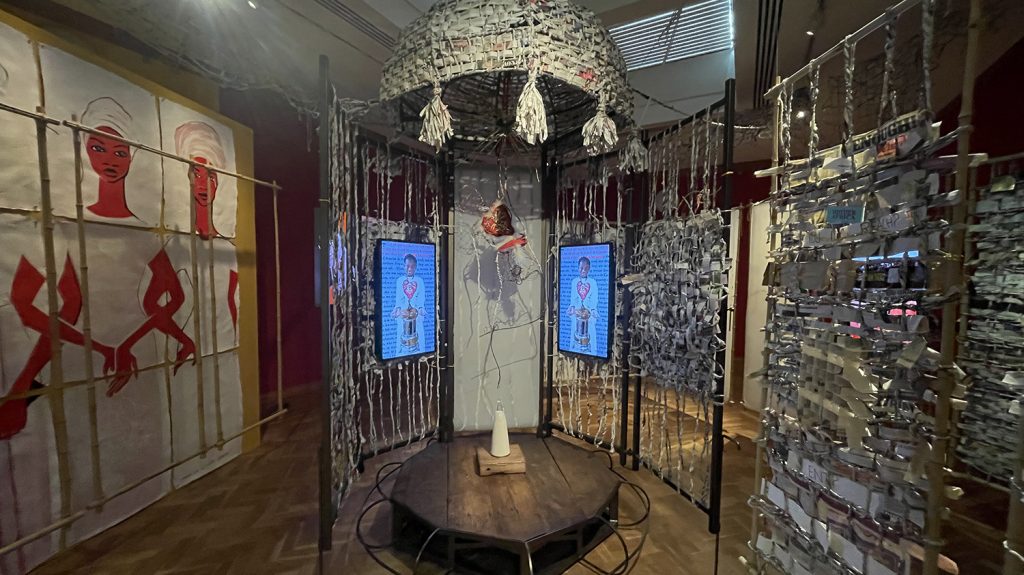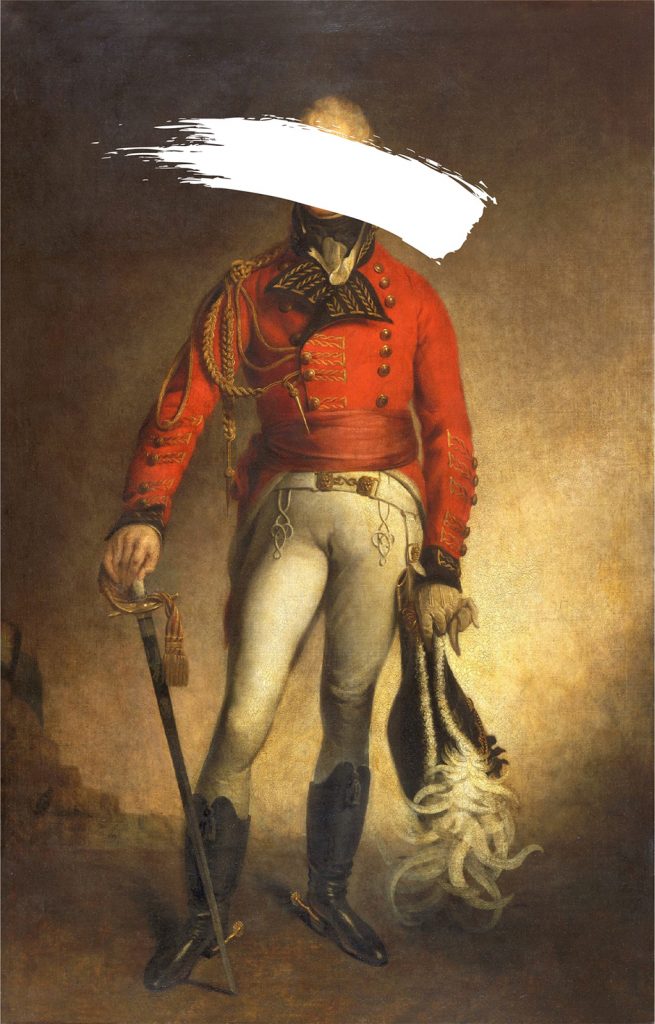Welsh academics and race experts discuss the continued relevance of the Reframing Picton exhibit as part of Human Rights month, this December

The Reframing Picton exhibit currently open at Cardiff’s National Museum explores Thomas Picton, a man once recognised as a hero, but now considered “The Tyrant of Trinidad” for his crimes against Trinidadians. Despite opening in August 2022, this exhibition remains particularly relevant in December, a month that hosts Human Rights Day (10 December) and the International Day for the Abolition of Slavery (2 December).
The exhibit is a community project created over a number of years by museum experts and young community representatives from across Wales. Spread across three rooms, it offers multiple responses to Picton’s crimes. The first room is a youth-led art installation showing his famous form of torture; the second offers an insight into Trinidadian heritage through tattoos; and the final room sets out historical evidence for his acts.
The works created by the young artists is the most interactive installation which transforms the torture of Picton’s victims into dance and their scream into song, according to the exhibition’s entrance plaque.

Thomas Picton’s 1810 portrait was included in the National Museum Cardiff’s Hall of Heroes until 2020 when the Black Lives Matter movement brought the public’s attention to contested historical artefacts. O’Molemo Thamae, a representative of Race Council Cymru (RCC), said Picton’s portrait was painted in the style of the time, which commanded reverence and projected power.
In a speech made at the opening of the exhibit last year, one of the project’s representatives said: “Among the goals of this exhibit is… to create a dialogue between museums, the governments that fund them, and the communities they serve.” This is a notion that Darren Macey, who specialises in the transatlantic trade of enslaved people at the University of South Wales (USW), echoed as being continuously important in universities and museums today.
The lecturer explained the BLM protests of 2020 are still altering how we see our public spaces. He said: “Memorials represent who we consider to be our heroes and heroines today.”
Thamae said: “I believe future generations will benefit from being told a much more accurate version of history, including that of characters like Thomas Picton. Never erasing history but telling a fuller version of it.
“There are many more roads to rename, plaques and statues to take down and paintings to remove,” he added.
The exhibition is due to close 12 January 2025 and entry is free.
Who is Picton?
Born in Haverfordwest, Lieutenant-General Sir Thomas Picton died in the Battle of Waterloo in 1815. He was trialled in 1806 for the torture of 14-year-old Luisa Calderon and was known as ‘The Tyrant of Trinidad,’ according to the National Museum.
The Reframing Picton exhibit was created after backlash grew over his portrait which was displayed in the National Museum without any reference to his crimes.
Picton was brought to the public’s attention after the Black Lives Matter protests of 2020, which were spurred on by the murder of American George Floyd and the subsequent toppling of Colston’s statue in Bristol.
History academic Darren Macey said: “Colston shattered the glass box and brought these issues into the public’s consciousness.”
Image: Thomas Picton’s painting that was the catalyst for the Reframing Picton exhibit, edited with a white mark across the face. Source, Amgueddfa Cymru

